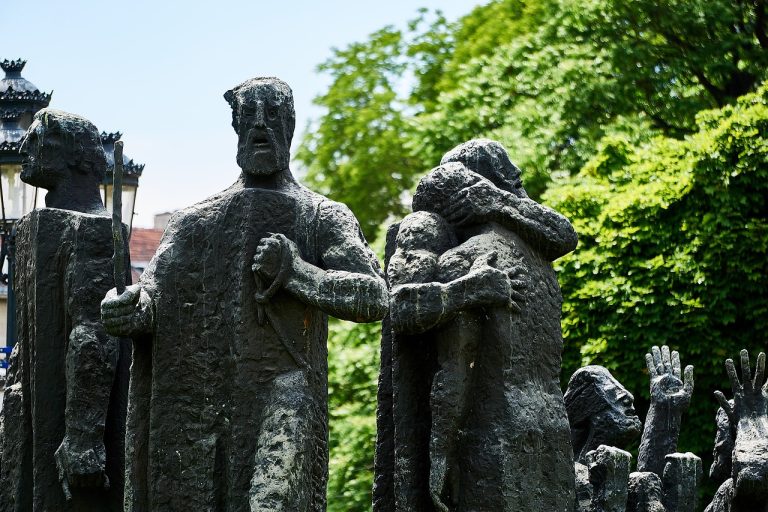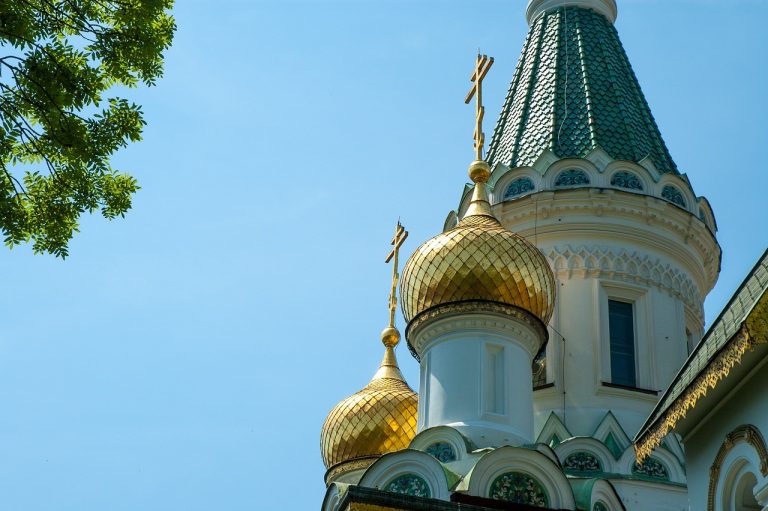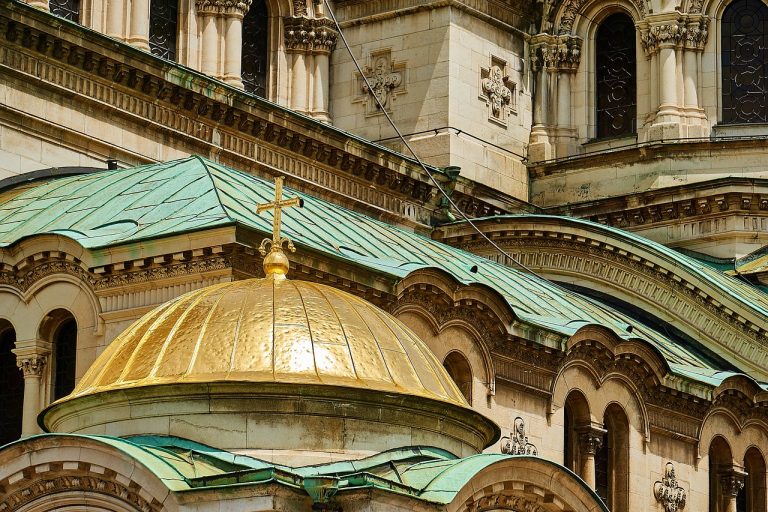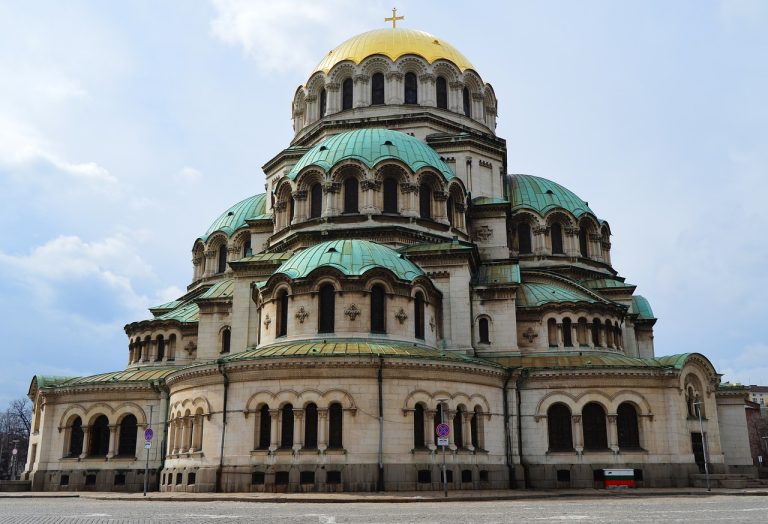Sofia Bulgaria Video
The Cultural Evolution of Sofia, Bulgaria
Sofia, the capital city of Bulgaria, is a vibrant and culturally rich destination that has undergone significant transformations throughout its history. From its ancient roots as Serdica, a Roman city, to its present-day status as a modern European capital, Sofia has experienced a remarkable cultural evolution. This article explores the various aspects of Sofia’s cultural heritage and how it has shaped the city’s identity over time.
Ancient History: Serdica
- Archaeological excavations have revealed the ancient Roman city of Serdica beneath modern-day Sofia.
- The city served as a significant administrative and economic center in the Roman Empire.
- Key landmarks from this period include the Serdica Amphitheatre and the Eastern Gate of Serdica.
- The Roman influence on Sofia’s culture can still be seen in the city’s architecture and archaeological sites.
Medieval Legacy: Byzantine and Ottoman Rule
- During the Byzantine era, Sofia was an important religious and cultural center.
- Orthodox Christian churches, such as the St. George Rotunda and the St. Sofia Church, were constructed during this time.
- The Ottoman Empire ruled over Sofia for nearly five centuries, leaving a lasting impact on the city’s culture.
- Mosques, Turkish baths, and bazaars were established, contributing to the multicultural fabric of Sofia.
National Revival Period: Bulgarian Renaissance
- The 19th century marked a period of national awakening and cultural revival for Bulgaria.
- During this time, Sofia became the center of the Bulgarian National Revival.
- Architectural masterpieces, such as the National Theatre and the Ivan Vazov National Library, were constructed.
- Prominent Bulgarian intellectuals and artists contributed to the flourishing of literature, art, and music in Sofia.
Modernization and Socialist Era
- Following Bulgaria’s independence, Sofia underwent a process of modernization and urban development.
- The cityscape transformed with the construction of grand boulevards, government buildings, and residential complexes.
- During the socialist era, Sofia experienced rapid industrialization and urban growth.
- Socialist Realism influenced the city’s architecture, with notable examples like the Largo Complex.
Contemporary Sofia: Cultural Hub
- Sofia has emerged as a vibrant cultural hub, hosting numerous festivals, concerts, and exhibitions.
- The city boasts a thriving contemporary art scene, with galleries showcasing both local and international artists.
- Sofia Opera and Ballet is renowned for its world-class performances.
- The National Palace of Culture serves as a venue for various cultural events and conferences.
Religious Diversity
- Sofia is home to diverse religious communities, including Orthodox Christianity, Islam, and Judaism.
- The Alexander Nevsky Cathedral, a symbol of Bulgarian Orthodoxy, is one of Sofia’s most iconic landmarks.
- The Banya Bashi Mosque and Sofia Synagogue represent the city’s Islamic and Jewish heritage, respectively.
- Religious festivals and ceremonies contribute to Sofia’s multicultural tapestry.
Gastronomy and Cuisine
- Sofia offers a diverse culinary scene, blending traditional Bulgarian dishes with international influences.
- Popular local delicacies include banitsa (a pastry filled with cheese), kebapche (grilled minced meat), and shopska salad.
- The city’s vibrant street food culture showcases a range of delicious snacks and treats.
- Traditional Bulgarian cuisine can be savored in numerous restaurants and taverns throughout Sofia.
Green Spaces and Parks
- Sofia is known for its abundance of parks and green spaces, providing a welcome retreat from the urban hustle.
- Borisova Gradina, the oldest and largest park in Sofia, offers recreational activities and scenic beauty.
- The South Park and the City Garden are popular spots for leisurely walks and outdoor gatherings.
- These parks serve as venues for cultural events and music festivals during the summer months.
Education and Intellectual Scene
- Sofia is home to prestigious educational institutions, including Sofia University and the Bulgarian Academy of Sciences.
- The city attracts scholars, researchers, and students from around the world.
- Libraries, museums, and cultural centers contribute to Sofia’s intellectual scene.
- The National History Museum and the National Art Gallery showcase Bulgaria’s rich heritage.
Conclusion
Sofia, Bulgaria’s capital, has undergone a fascinating cultural evolution throughout its history. From its ancient Roman roots to its vibrant contemporary scene, Sofia’s heritage is a testament to the city’s resilience and adaptability. The rich tapestry of cultures, architectural landmarks, diverse cuisines, and intellectual pursuits make Sofia a captivating destination for travelers seeking a blend of history, culture, and modernity.
References
1. cityloco.net
2. sofia.bg
3. bulgariatravel.org
4. nationaltheatre.bg
5. operasofia.bg







